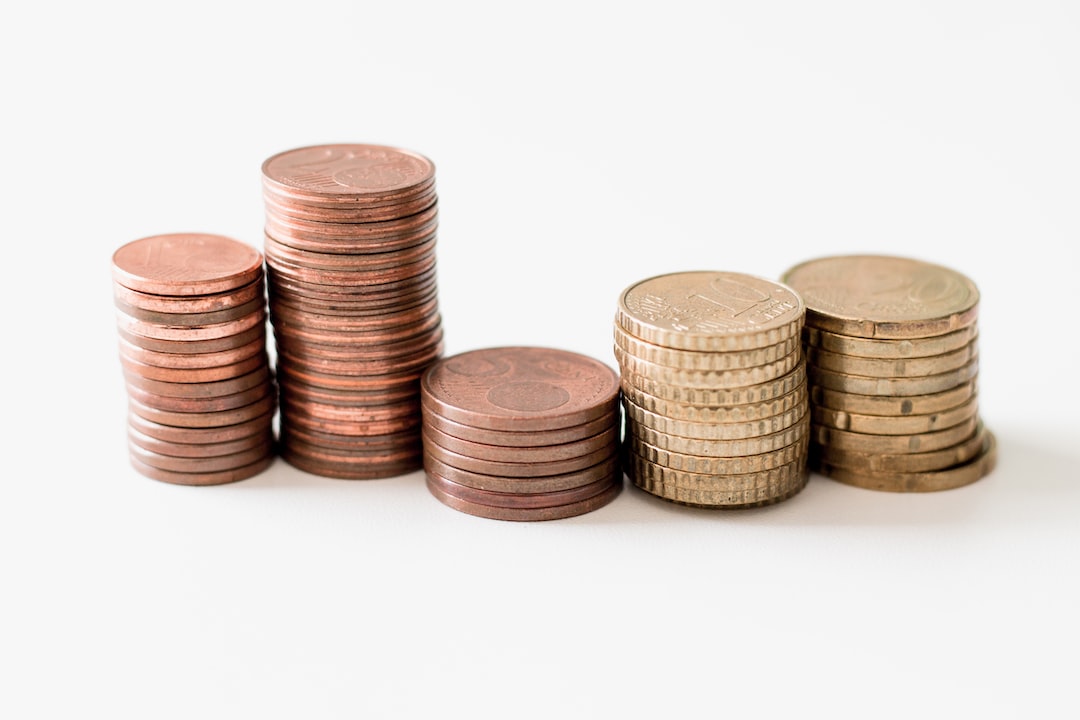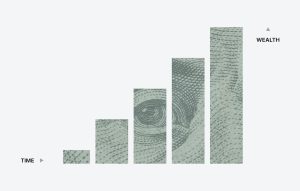Credit cards have become an essential financial tool for people who travel frequently. One of the primary advantages of using a credit card while traveling abroad is the conversion of foreign currency into the local currency. The forex rate applied by the credit card issuer determines the final cost of the transaction. It is essential to understand how the credit card companies determine the forex rate to apply, as it can have a significant impact on your transactions.
Forex rate or exchange rate is the value of one currency in relation to another. It is determined by various factors such as economic conditions, political stability, interest rates, and inflation rates. The forex rate changes constantly and is affected by multiple factors such as market demand, supply, and economic indicators. The forex rate applied by the credit card issuer is the rate at which the transaction is converted from the foreign currency to the local currency.
There are two types of forex rates that credit card issuers use: the wholesale or interbank rate and the retail rate. The wholesale rate is the rate at which banks buy and sell currencies among themselves. It is the most accurate and transparent rate available in the market. The retail rate, on the other hand, is the rate at which the credit card issuer converts the foreign currency into the local currency. It includes a markup or profit for the credit card issuer.
Credit card issuers determine the forex rate they apply based on multiple factors. The primary factors that influence the forex rate are:
1. Interbank rate: The credit card issuer uses the interbank rate as the base rate for conversion. It is the most accurate and transparent rate available in the market. Credit card issuers typically add a markup or profit margin to the interbank rate to determine the retail forex rate they apply.
2. Exchange rate volatility: The forex rate changes constantly due to market demand and supply. The credit card issuer may adjust the forex rate they apply based on the volatility of the exchange rate. Higher volatility may result in a higher markup applied by the credit card issuer.
3. Transaction size: The size of the transaction also influences the forex rate applied by the credit card issuer. Smaller transactions may have a higher markup applied, while larger transactions may have a lower markup applied.
4. Card network: The card network, such as Visa or Mastercard, may also influence the forex rate applied by the credit card issuer. Some card networks have different exchange rates for different currencies, and the credit card issuer may adjust the forex rate they apply accordingly.
5. Card issuer: The credit card issuer may have different policies for forex rates applied to their cards. Some issuers may have a fixed markup applied to all transactions, while others may adjust the markup based on the factors mentioned above.
It is essential to understand the forex rate applied by your credit card issuer to avoid unnecessary fees and charges. The forex rate can have a significant impact on the final cost of the transaction, especially for larger transactions. It is advisable to compare the forex rates applied by different credit card issuers and choose the one that offers the best rates for your needs.
In conclusion, credit card issuers determine the forex rate they apply based on various factors such as the interbank rate, exchange rate volatility, transaction size, card network, and card issuer policy. It is essential to understand the forex rate applied by your credit card issuer and compare it with other issuers to avoid unnecessary fees and charges. Choosing a credit card with the best forex rates for your needs can help you save money while traveling abroad.






